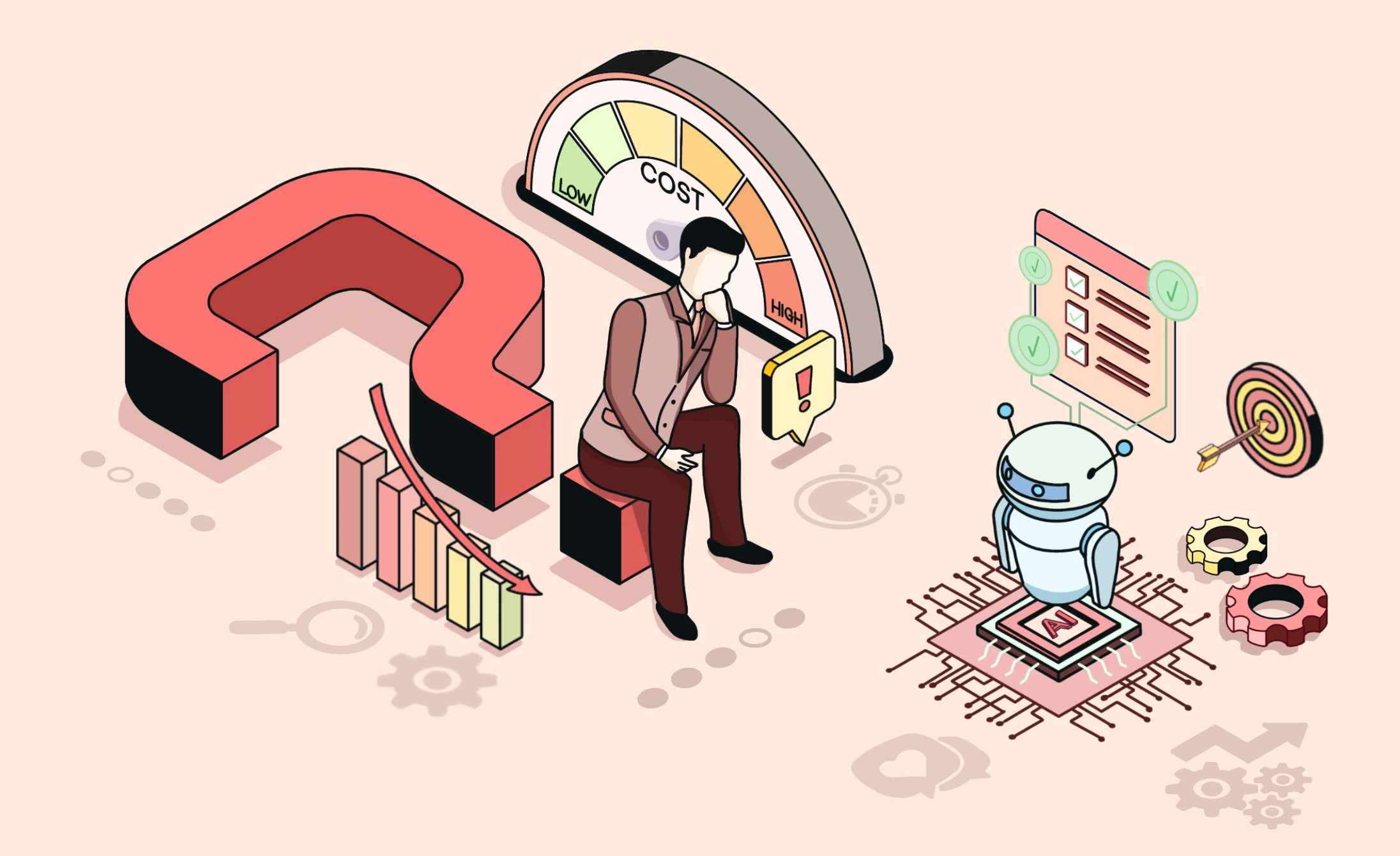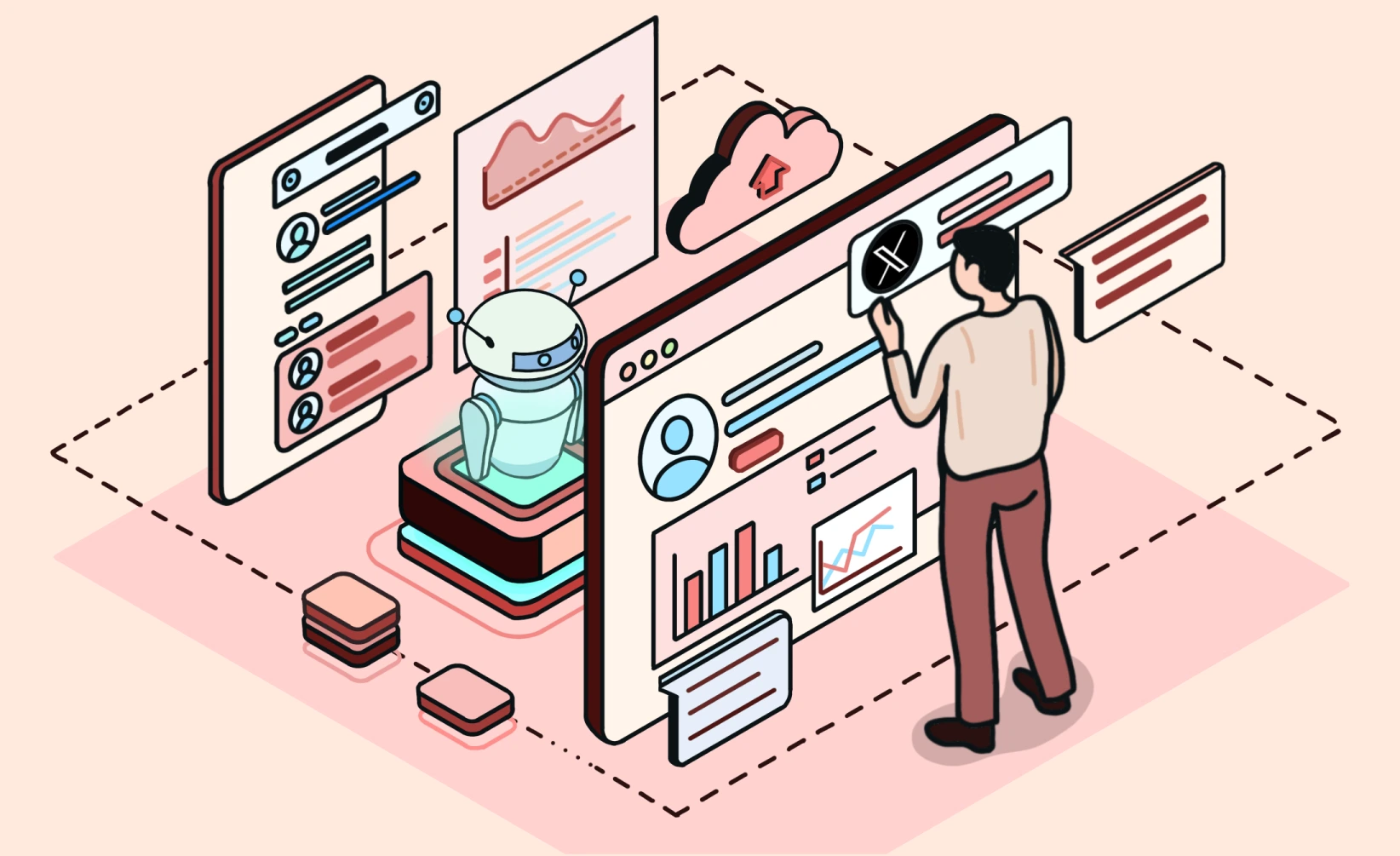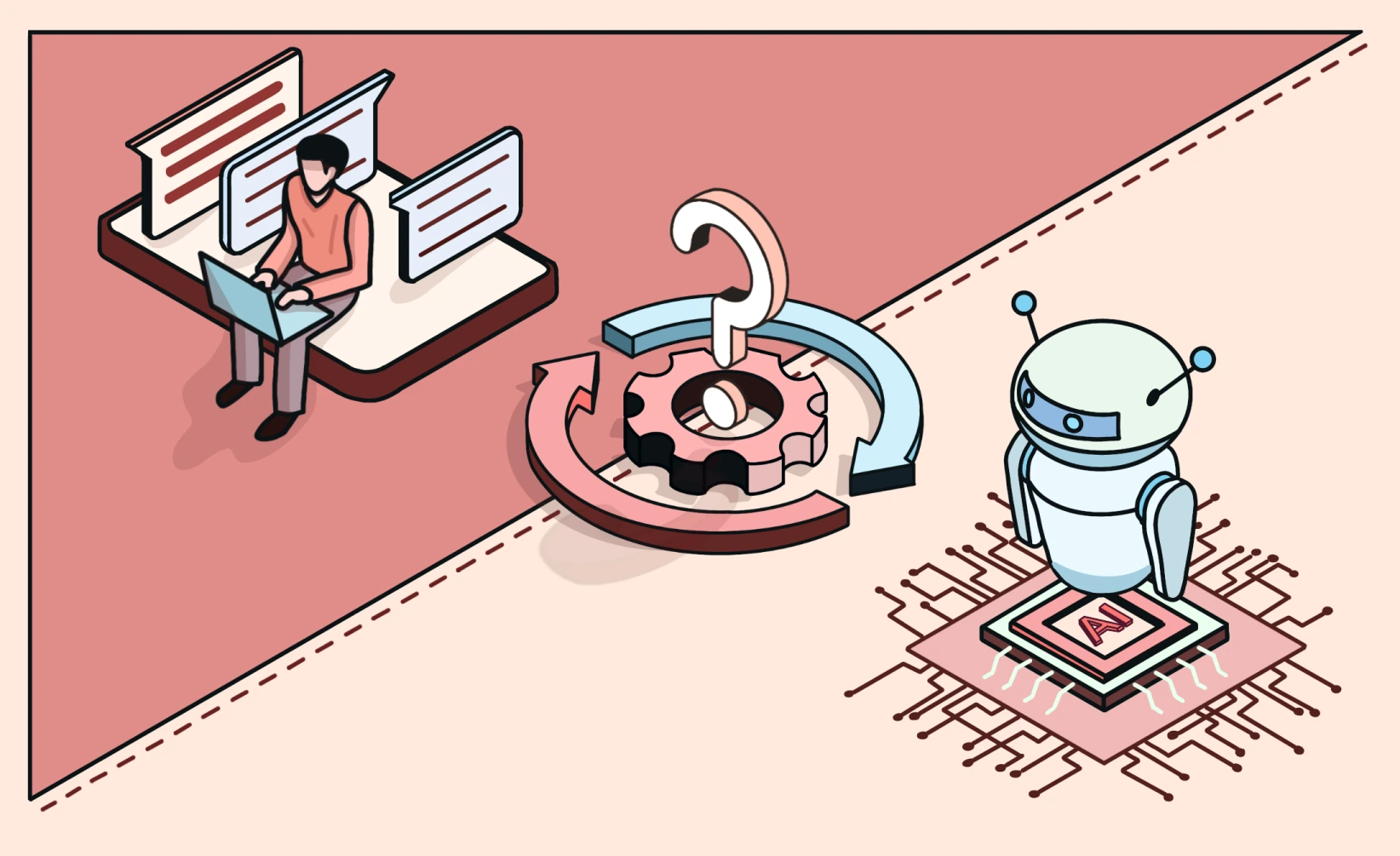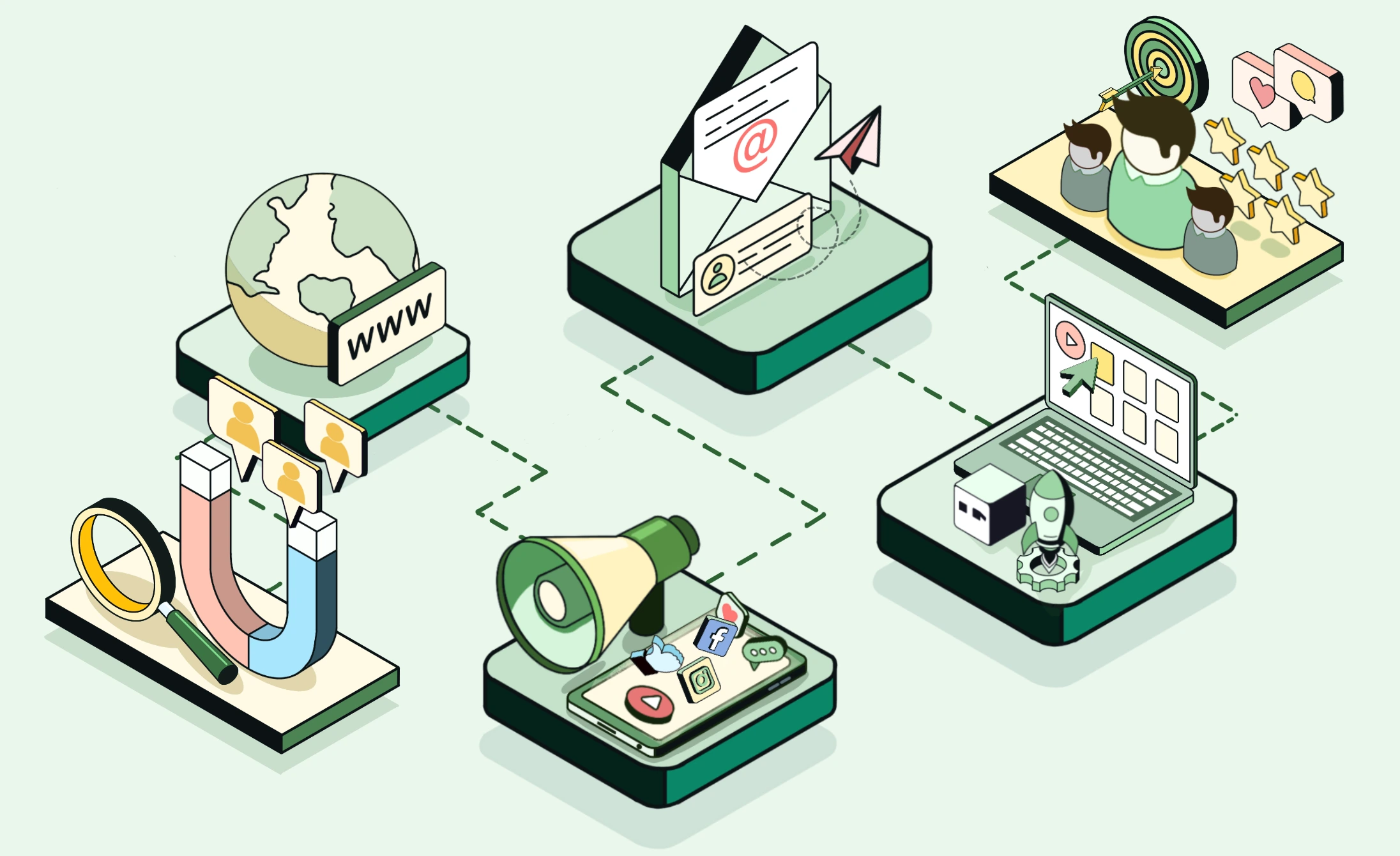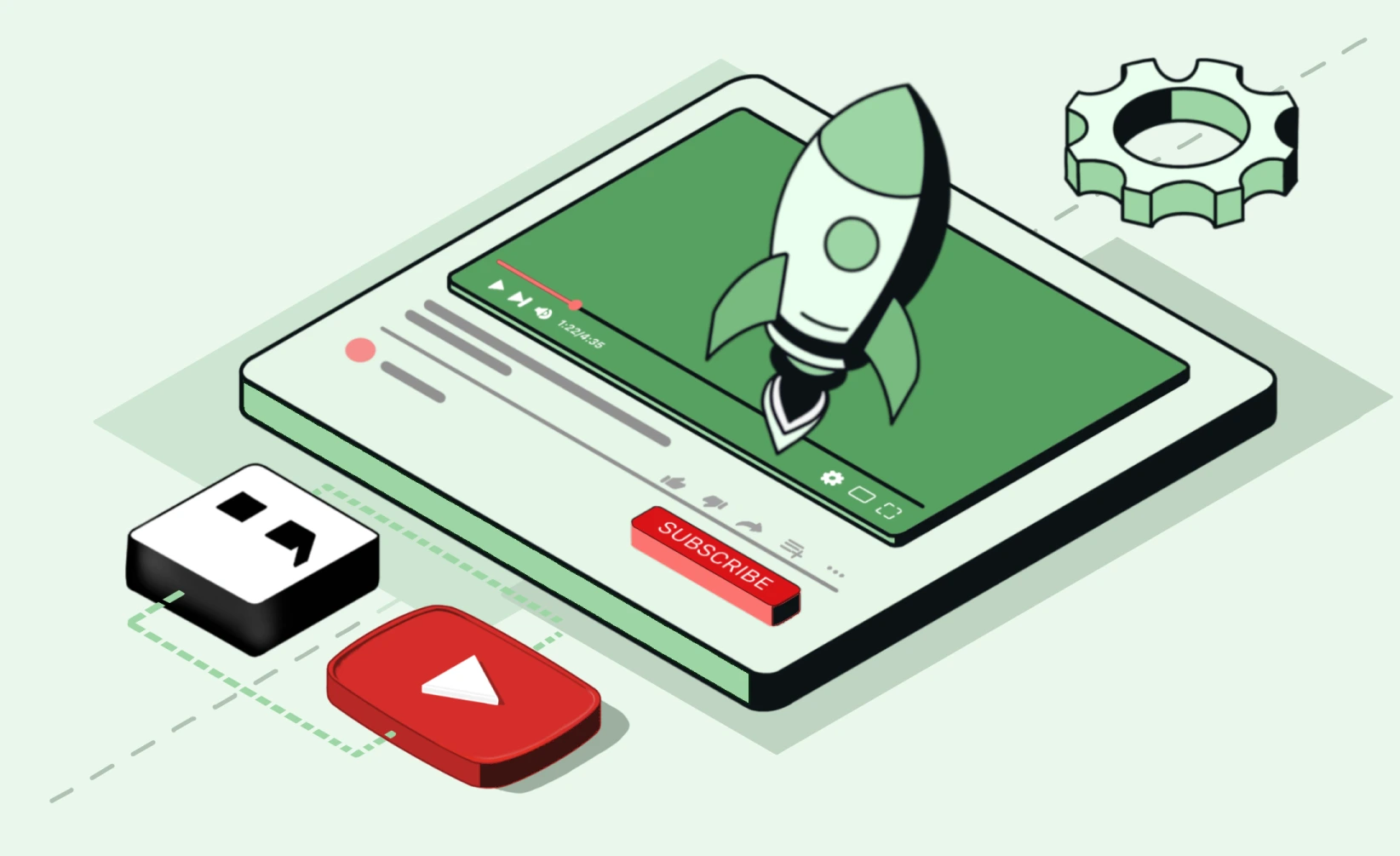Imagine having the power to analyze millions of data points in seconds, uncover trends you never saw coming, and get actionable recommendations—all while retaining control over the big-picture strategy. This is the promise of AI-assisted decision-making.
In today’s fast-paced world, where decisions need to be made quickly and accurately, AI is transforming industries by providing the speed and precision to handle massive datasets and complex variables. But here’s the catch: AI alone isn’t enough. It lacks the intuition, creativity, and ethical judgment that humans bring to the table.
The key to smarter decision-making lies in combining AI’s efficiency with human expertise. In this article, we’ll explore what AI-assisted decision-making is, how it works, its strengths and limitations, and how businesses can leverage this collaboration to make impactful decisions.
What Is AI-Assisted Decision-Making?
AI-assisted decision-making (or AI-driven decision-making) is a collaborative process where artificial intelligence analyzes data, identifies patterns, and generates actionable recommendations, all while leaving humans in charge of interpreting results and making final decisions.
It’s not about surrendering control to machines—it’s about leveraging AI’s efficiency alongside human judgment.
How It Works
-
Collecting and analyzing data: AI algorithms process structured (e.g., spreadsheets, logs) and unstructured (e.g., social media, emails) datasets to extract insights.
Example: In marketing, AI uncovers customer behavior trends to guide campaign strategies.
-
Generating recommendations: Using advanced algorithms and predictive models, AI highlights opportunities, trends, and risks.
Example: AI in e-commerce recommends pricing adjustments based on competitor activity, demand, and sales performance.
-
Collaborating with humans: AI provides recommendations, but humans interpret results, weigh ethical considerations, and make the final call—ensuring decisions align with broader goals.
The Strengths and Limits of AI in Decision-Making
AI has revolutionized decision-making by offering unparalleled speed, accuracy, and scalability. However, it’s not without its limitations. Here’s a breakdown of its strengths and weaknesses:
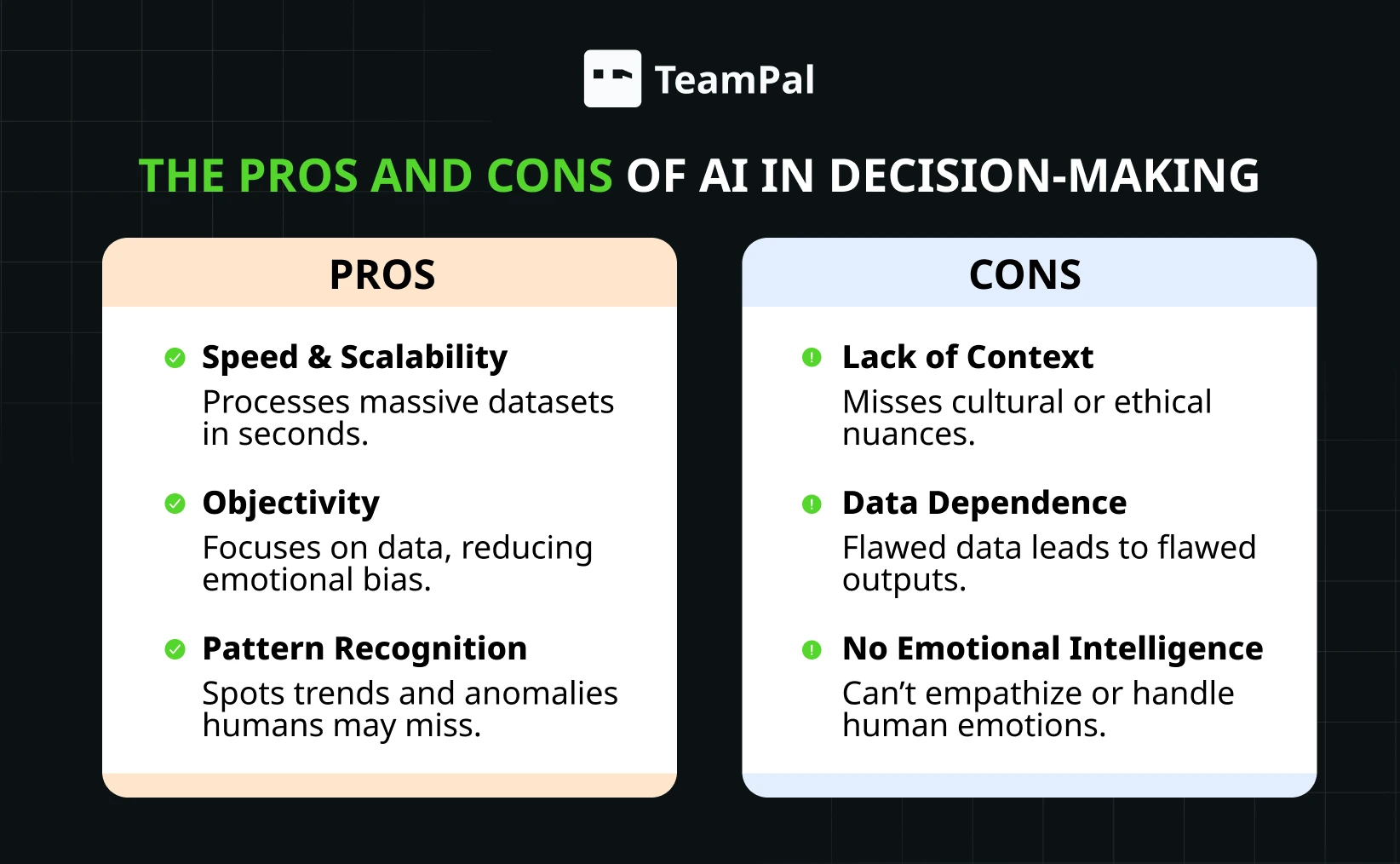
Strengths of AI
-
Speed and scalability: AI processes massive datasets in seconds, making it invaluable for time-sensitive decisions.
-
Objectivity: AI eliminates emotional bias by focusing purely on data (if trained on fair, diverse datasets).
-
Pattern recognition: AI identifies trends, anomalies, and correlations that humans may overlook.
Limits of AI
-
Lack of context: AI fails to consider situational, cultural, or ethical nuances in its outputs.
-
Dependence on data quality: Flawed datasets result in biased or inaccurate recommendations.
-
No emotional intelligence: AI cannot empathize or factor in human emotions, which are often critical in high-stakes decisions.
AI’s strengths make it an incredible tool for enhancing decision-making, but its weaknesses highlight the importance of human collaboration to ensure fairness, creativity, and strategic alignment.
How to Blend AI and Human Expertise for Smarter Decisions
The real power of AI-assisted decision-making lies in collaboration. Here are four strategies to effectively combine the strengths of AI and human expertise:
Use AI for Data, Humans for Strategy
AI is best utilized for analyzing data, identifying patterns, and highlighting potential opportunities. However, human decision-makers interpret these insights, taking into account broader contexts and long-term goals.
How It Works: AI can uncover trends or forecast outcomes, but humans define direction and strategy based on these findings. This ensures decisions are not only data-driven but also aligned with organizational values and vision.
Establish Oversight and Accountability
AI outputs are only as reliable as the people validating them. Human oversight ensures that recommendations from AI align with ethical standards and adapt to the nuances of each situation.
How It Works: Teams regularly review AI-generated recommendations and validate their relevance. Adding accountability roles ensures transparency and avoids blind implementation of AI outputs.
Empower Teams with AI Training
AI is a tool, not a replacement for human ability. Providing training ensures that employees understand how to interpret AI outputs, when to question them, and how to integrate insights into workflows effectively.
How It Works: Employees receive guidance on how to stress-test AI outputs and recognize limitations, ensuring they use AI as a dependable assistant rather than an unquestionable authority.
Ensure Ethical and Fair AI Practices
AI’s effectiveness is tied to the quality of its design and the fairness of its data. Incorporating ethical frameworks ensures decision-making processes are inclusive, trustworthy, and compliant with regulations.
How It Works: Businesses implement regular audits to spot biases in AI outputs, build transparency into processes, and align AI with company values. This safeguards decisions against discriminatory or unethical outcomes.
By combining AI’s analytical power with human judgment and creativity, organizations can make smarter, faster, and more meaningful decisions.
Real-World Applications of AI-Assisted Decision-Making
AI-assisted decision-making is transforming industries by enabling businesses to make faster, smarter, and more data-driven choices. By combining AI’s analytical power with human oversight, companies are achieving remarkable results.
Here are a few real-world examples:
Retail: AI-Powered Checkout Optimization at Sam’s Club
Sam’s Club has implemented AI-powered exit technology to eliminate manual receipt checks, reducing wait times and congestion at the exit by 23%. AI analyzes cart data in real time, while humans train the models and oversee flagged discrepancies.
Source: Sam’s Club AI Exit Technology
Finance: Fighting Financial Crime at HSBC
HSBC leverages AI to analyze millions of transactions daily, flagging suspicious activity for human investigators to review. This collaboration improves fraud detection and compliance.
Source: HSBC AI for Financial Crime
Employee Engagement: AI-Powered Q&A at Microsoft
Microsoft’s AI-powered Q&A system helps employees find answers quickly, improving productivity. Human experts curate the knowledge base and handle complex queries.
Source: Microsoft AI-Powered Q&A
Final Thoughts
AI-assisted decision-making is reshaping how businesses operate, offering unparalleled speed, precision, and scalability. By analyzing massive datasets, identifying patterns, and generating actionable recommendations, AI empowers organizations to make smarter, data-driven decisions.
However, the true power of AI lies in its collaboration with humans. While AI handles the technical and repetitive tasks, humans bring the creativity, intuition, and ethical judgment needed to make well-rounded, impactful choices.
Platforms like TeamPal make this collaboration seamless by providing tailored AI solutions that align with specific business needs. TeamPal’s AI assistants empower teams to focus on strategy, creativity, and innovation. By combining AI’s efficiency with human expertise, businesses can unlock new opportunities, solve complex challenges, and thrive in an increasingly dynamic world.
The future of decision-making isn’t about choosing between AI or humans—it’s about leveraging the best of both worlds. With thoughtful integration and collaboration, AI becomes a trusted partner in driving smarter, faster, and more meaningful decisions.
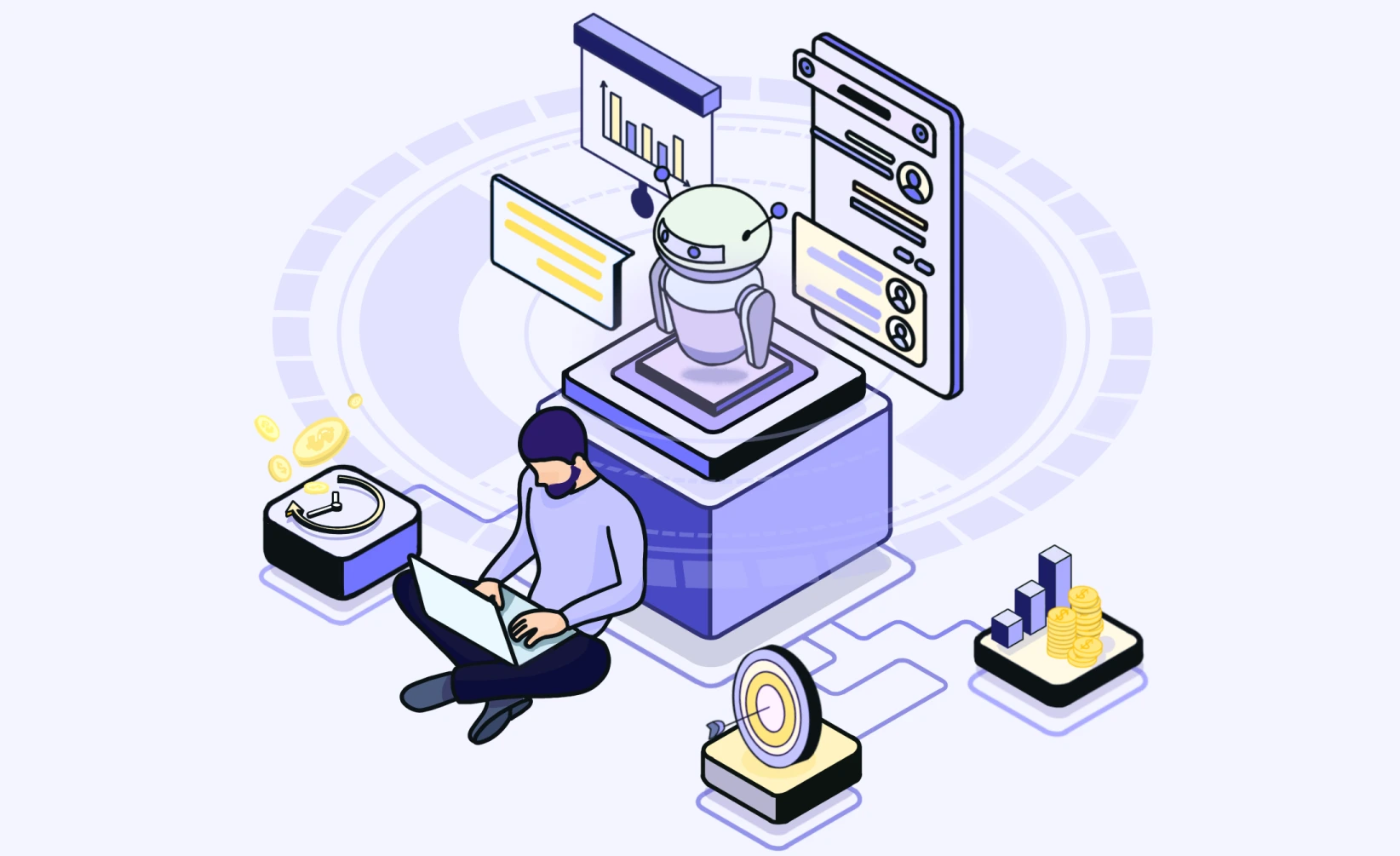
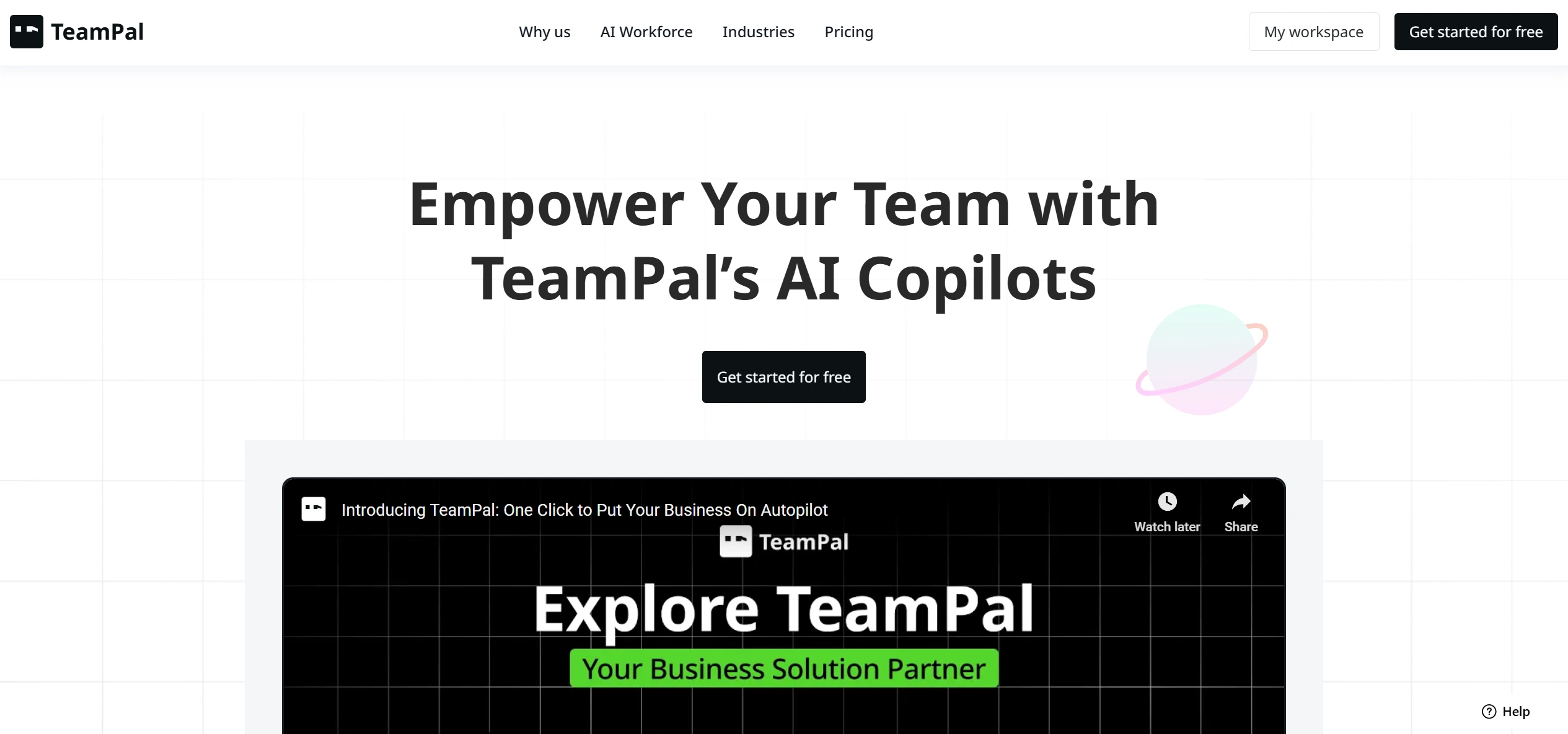
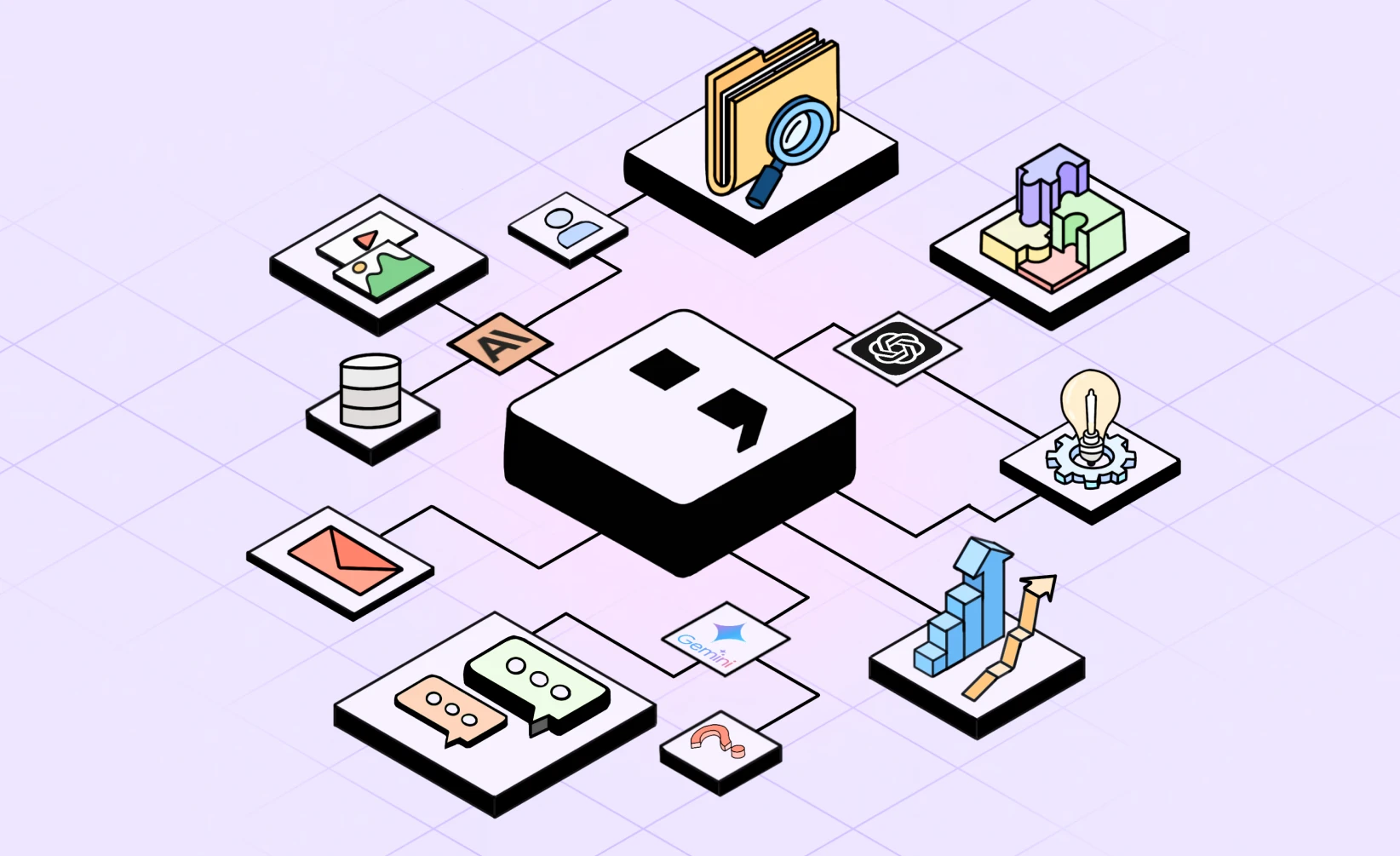
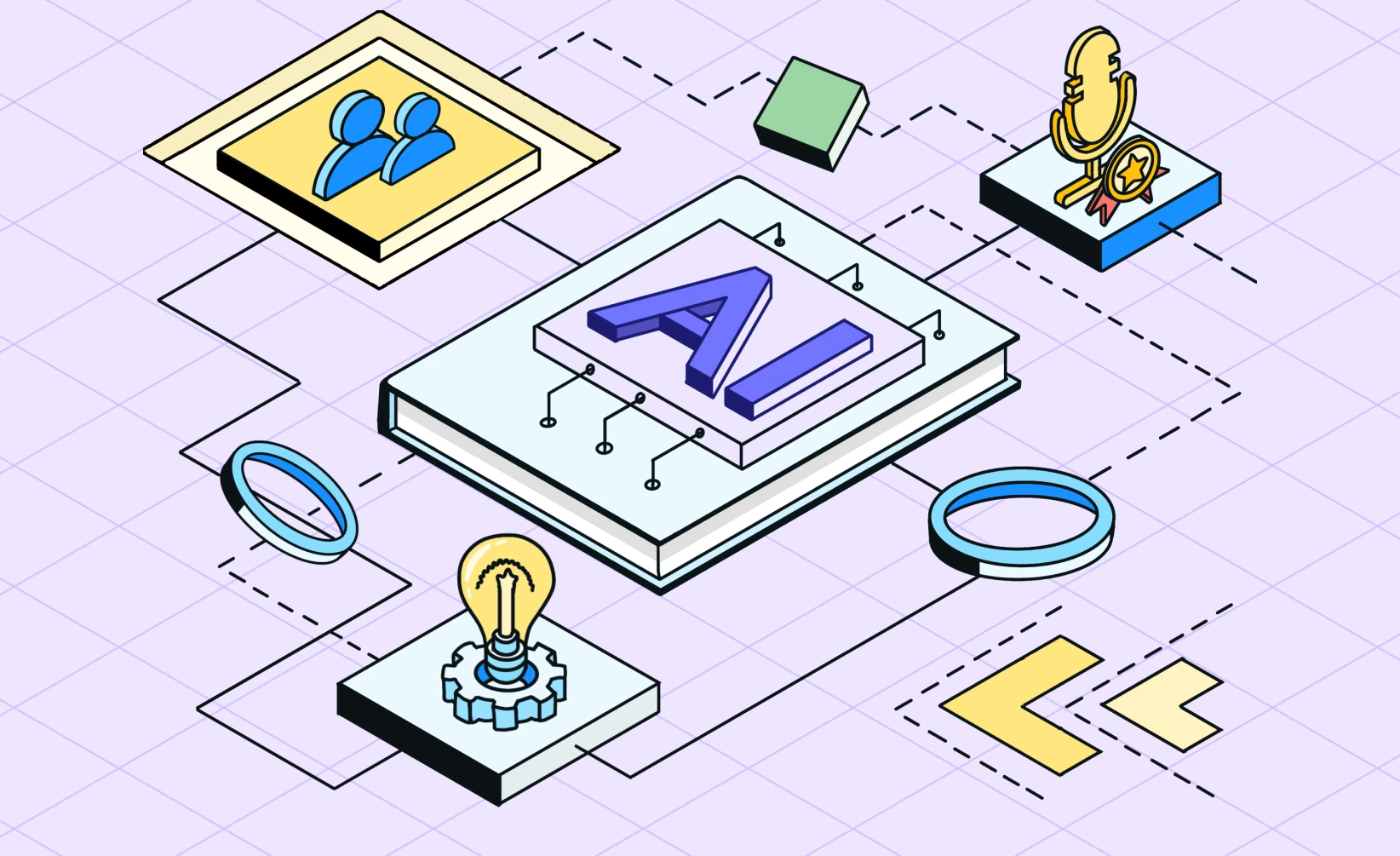

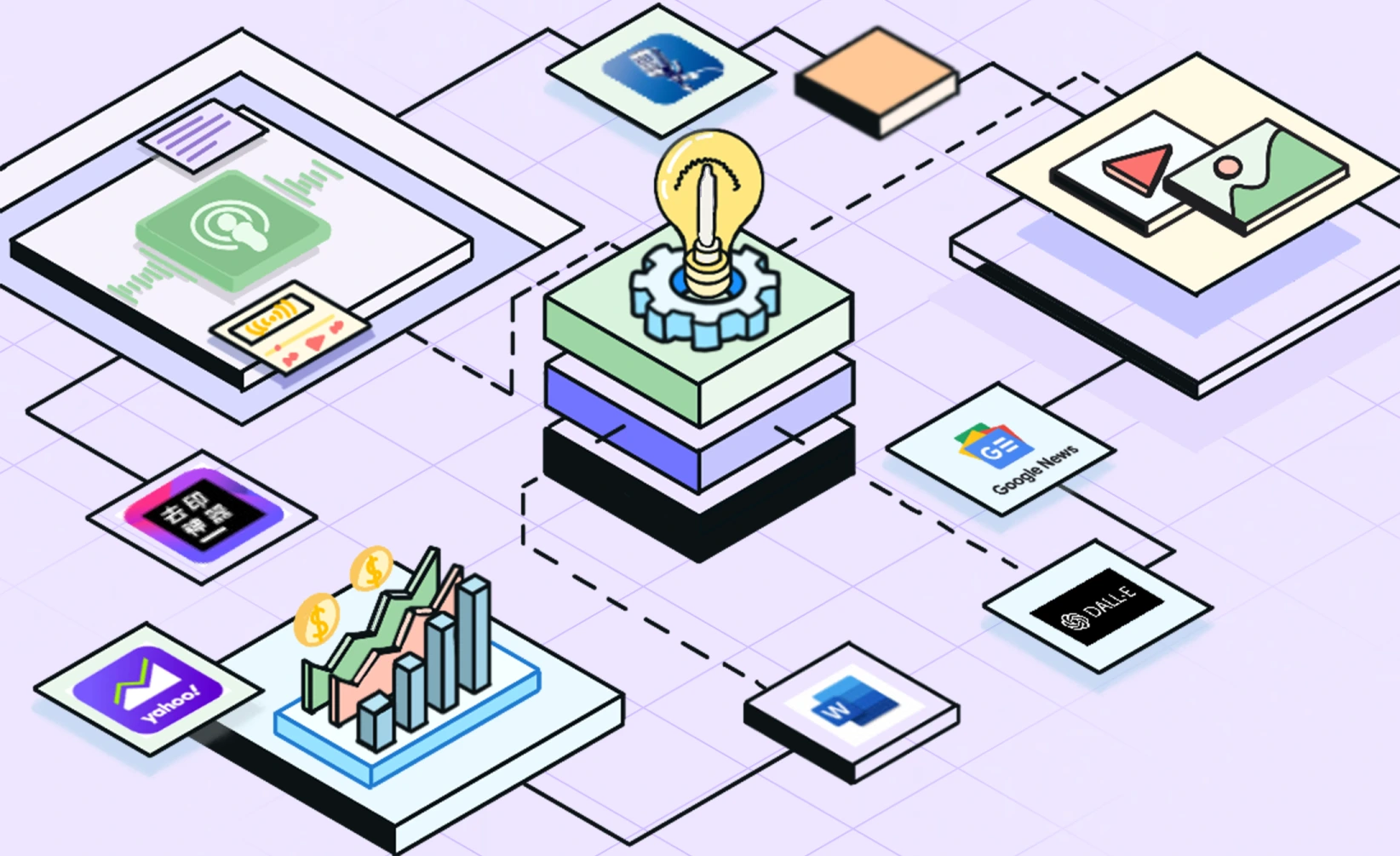
![[Product Update] Introducing Group Chat: Let Your AI Agents Work Together](/storage/photos/916/announcement-2/introducing-group-chat.webp)
![[Product Update] No More Prompt Copy & Paste: Meet Custom Tasks](/storage/photos/916/announcement-1/product-update-say-hello-to-custom-tasks.webp)
